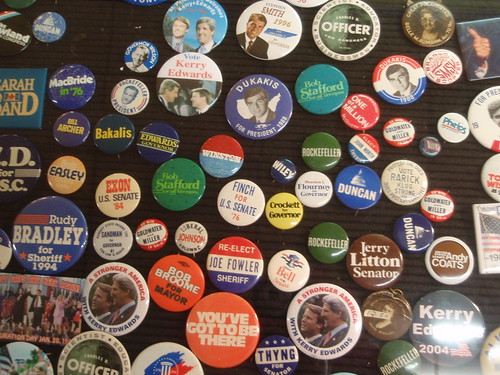Do as a politician does (but just this once!)
My cynical streak makes me very leery (and often weary) of what politicians say and do, particularly around election time. But an article about President Obama’s re-election strategy really resonated with me—mostly because it offers some insight into what we should be doing in technical communication right now.
A software engineer working on Obama’s campaign is developing tools for what he calls microlistening:
It comes down to data — collecting voter information, synthesizing it and making use of it most effectively. The data comes from conversations on the ground and behavioral patterns on the website. Analysts may try to determine how to best target a voter who gives $5 to participate in a raffle to have dinner with the president versus $5 during a Republican debate.
So, these tools will help the campaign offer voters a tailored message at just the right time. Hmmm. That sounds a lot like Scott Abel’s excellent post that challenges us to reconsider how we develop and distribute content:
The way I see it, the “we’ve always done it that way here” approach to creating documentation and training materials is preventing us from meeting the goal of the customers we serve: getting the right information, to the right people, at the right time, in the right language, on the device of our customers’ choosing.
Successful technical communicators already know about the importance of writing content specifically for their audiences—we need to expand that notion to include how, when, and where content is distributed to our audiences. Really understanding the how, when, and where requires feedback from our users and then analysis of that data to shape the creation and distribution of content.
For tech comm, the days of one-way communication through printed/PDF user manuals and static help systems are over—much like the times when campaign buttons, good speeches, and a snappy slogan were the basic tools politicians needed to get elected.
The constant flow of information today makes it impossible for both traditional tech comm and political strategies to work. People are so bombarded with content, the chances people will pay attention to your information depend greatly on how well you target and tailor it.



One comment on “Do as a politician does (but just this once!)”